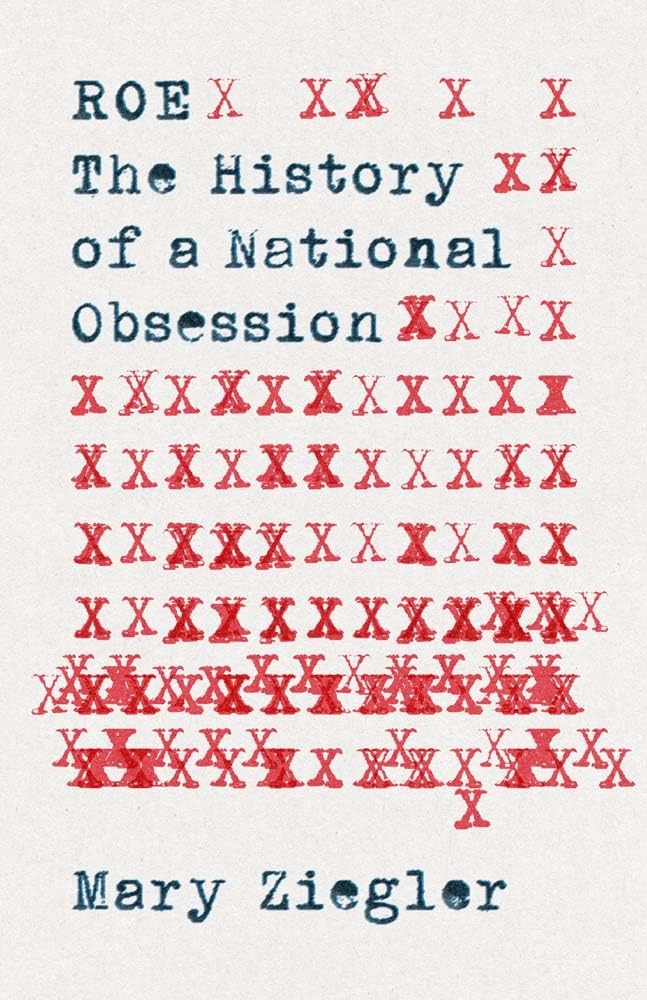Conservatives had already begun to target the courts in the wake of the major civil rights rulings of the 1950s and ’60s. But after Roe, the judiciary took on a new importance in the conservative imagination, changing from an enemy to be hated into a tool worth capturing. Republican politicians spoke of the need to discipline the judiciary, to strip it of its jurisdiction over hot-button social issues; conservatives decried “judicial activism” and depicted federal judges as partisan hacks pursuing Democratic policy aims. This conservative resentment toward the judiciary lasted longer than one might think; well into the 2000s, it was the right that decried judicial capture and the left that championed the independence of the courts. But when the right set out to take control of the federal courts, Roe—and the determination to overturn it—was the main reason why.
In the first decades after Roe, anti-choice conservatives also went on the offensive in other ways that mimicked some of the left’s traditional habits. The abortion rights movement was vulnerable, after all, on race. Pro-choice proponents had never fully reckoned with the history of their cause—especially the fact that in its early years, birth control and abortion rights activism had at times attracted an unsavory smattering of eugenicists, “population control” enthusiasts, racists, and busybody social reformers with a prurient interest in the sex lives of the poor, immigrants, and the mentally ill. The right pointed to this history and argued that abortion rights were racist by their very nature; a popular 1988 evangelical book, Grand Illusions: The Legacy of Planned Parenthood, claimed that the organization had been founded as part of a conspiratorial effort by racists to destroy the Black community.
Less quackish anti-choice arguments pointed to the higher rates of abortion among Black women and suggested that Black communities had been offered abortion rights in lieu of other, more substantial rights and social programs oriented toward achieving equality. The anti-choice conservatives who made these arguments were, of course, not interested in the realities of Black women’s social position; they saw no contradiction in calling for Black women to be free while denying them the freedom to control their bodies, or in saying that Black women deserved social welfare services that would be “better than abortion” while at the same time forming alliances with those who wished to gut the welfare state. But there were members of the Black community who were skeptical of the abortion rights activists, believing they held too narrow an understanding of Black women’s needs, and it created a tension in the movement that has still not been resolved.
